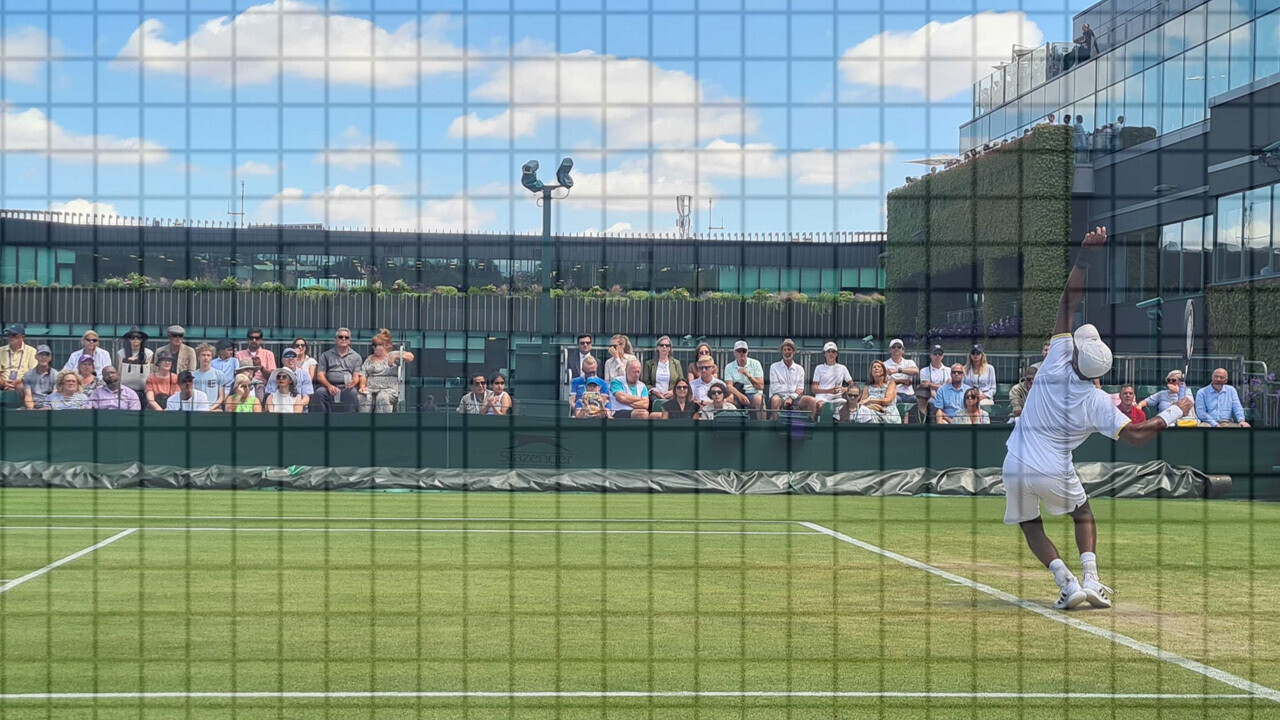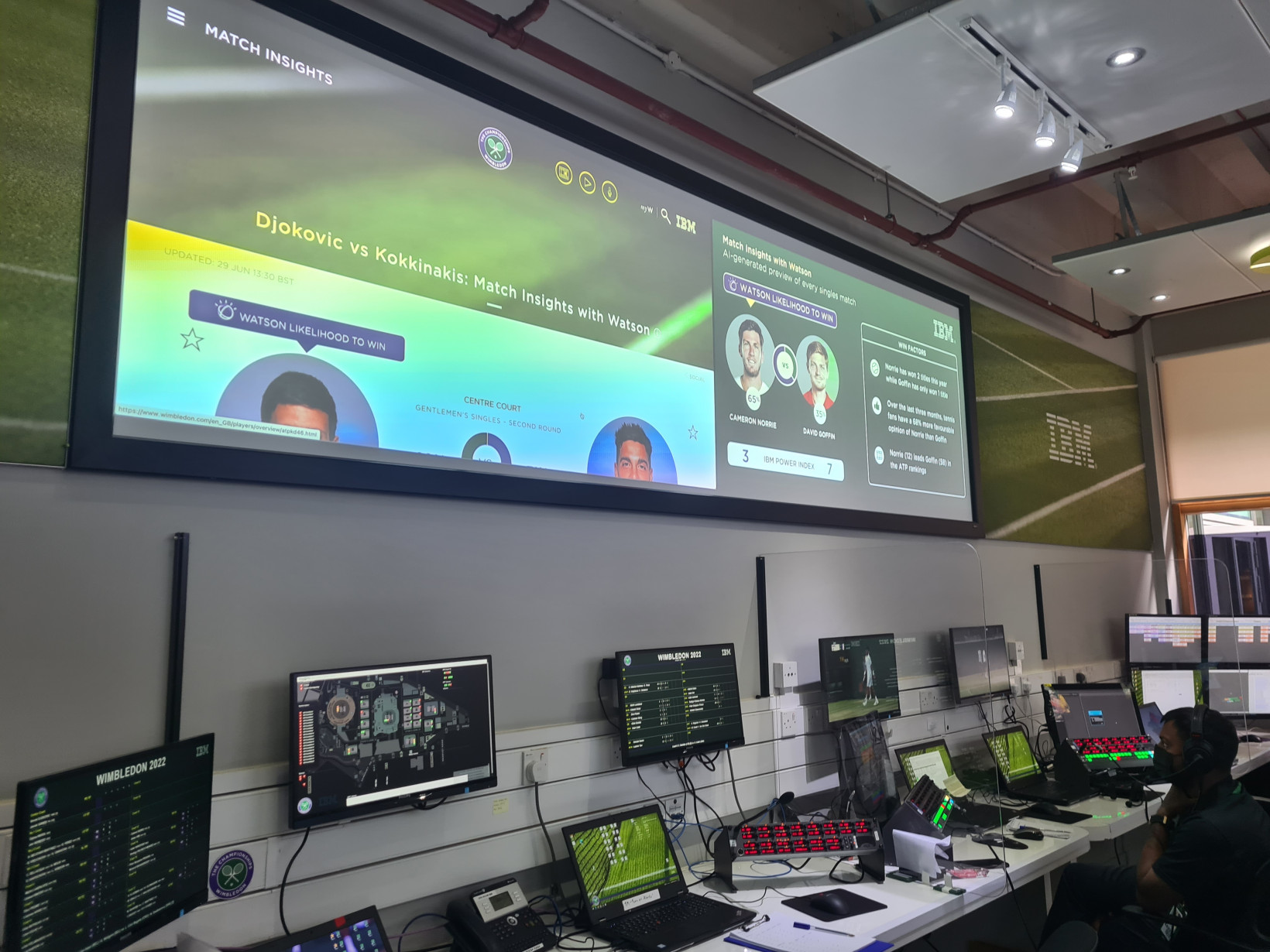
Wimbledon is a unique event in the British sporting calendar. While fans of soccer, rugby, and cricket follow their teams throughout the year, the country’s tennis obsession only emerges for a two-week tournament in London.
In many cases, spectators don’t even know most of the players’ names. Their main attraction to the championship is a summer’s day indulging in the traditions of a national institution.
Wimbledon’s organizers want to turn these casual fans into lifelong devotees. To make this happen, they’ve applied an ultra-modern science to the world’s oldest tennis tournament: AI.
The All England Lawn Tennis Club works with IBM to bring the tech to the masses.
“It all starts with the data,” Kevin Farrar, IBM’s UK sports partnerships leader, told TNW.
Game-time
On the each of Wimbledon’s 18 courts, analysts record a vast array of data points, from the serve to the winning shot.
All of them are high-level tennis players. Rather than teach AI experts about the sport, IBM trains athletes on the basics of data science.
“They are county level and above tennis players — because they have to interpret the game,” said Farrar. “How do you decide between a forced and unforced error? It helps if you play the game.”

In addition to the stats captured at courtside, IBM uses historical data, automated match tracking systems, and NLP analysis of media buzz to gather insights on the players.
Algorithms then turn the data into digital features, which fans can access on the Wimbledon app.
A Centre Court debut to remember for @EmmaRaducanu?
IBM’s Match Insights crunches the numbers ahead of Raducanu ? Van Uytvanck @IBM | #Wimbledon
— Wimbledon (@Wimbledon) June 27, 2022
They include the IBM Power Index, which ranks players before and during the tournament. A predictive model then identifies their likelihood of winning each match.
In the opening days of the tournaments, the predictions were 100% accuracy on the center and number one courts.
This success, however, isn’t matched on the smaller courts,.
“When you go to some of the outside courts and lesser-known players, there’s less data available, so it’s more tricky to get that prediction right,” said Farrar.
Future fans
IBM also uses AI to produce a “Match Insights” feature, which generates player factsheets for matches, and an “In the Media” section, which analyzes insights from pundits.

Fans can also input their own predictions, access customized recommendations, and watch personalized highlight reels.
“All of that is intended to spark debate and to engage with the fans, so that Wimbledon can pursue its goal of growing the number of fans,” said Farrar.
The tournament’s center court just celebrated a century of play. AI could help attract fans to the hallowed grass for the next 100 years.
Get the TNW newsletter
Get the most important tech news in your inbox each week.




